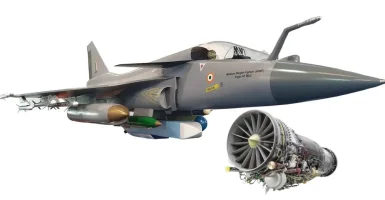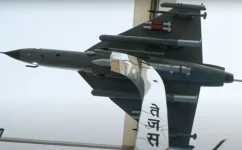- Views: 2K
- Replies: 13
The Defence Research and Development Organisation (DRDO) is poised to impress at Aero India 2025 with a scale model of the Uttam Active Electronically Scanned Array (AESA) Radar, designed for the Tejas MkI and MkII fighter jet programs. This event, held in Bengaluru, will serve as a prominent showcase for India's advancements in indigenous defence technology.
The Uttam AESA Radar represents a significant leap forward in radar technology for the Tejas light combat aircraft. Developed by the Electronics and Radar Development Establishment (LRDE), a DRDO laboratory, the radar offers superior air-to-air, air-to-ground, and air-to-sea operational capabilities.
With features like multi-target tracking, electronic counter-countermeasures (ECCM), and low probability of intercept (LPI), the Uttam radar is set to significantly boost the combat effectiveness of the Tejas.
Key features of the Uttam AESA Radar include:
- Scalability: The radar's design allows for adaptation to different aircraft sizes, making it suitable for both the Tejas MkI and the more advanced MkII, and potentially other platforms in the future.
- High performance: It boasts a detection range exceeding 100 kilometers against fighter-sized targets, with the ability to track multiple threats simultaneously and engage priority targets with precision.
- Indigenous development: Approximately 95% of the radar's components are indigenous, aligning with India's drive for self-reliance in defence technology.
- Integration with Tejas: Plans are underway to integrate the Uttam AESA Radar into later batches of Tejas Mk1A aircraft, with successful testing already conducted on prototypes, demonstrating its readiness for deployment.


